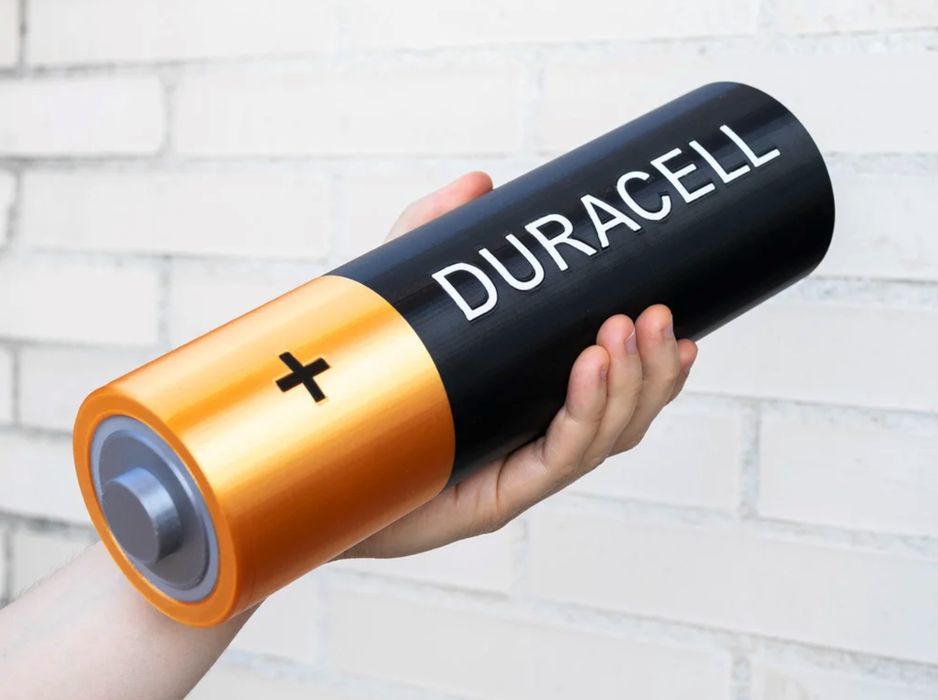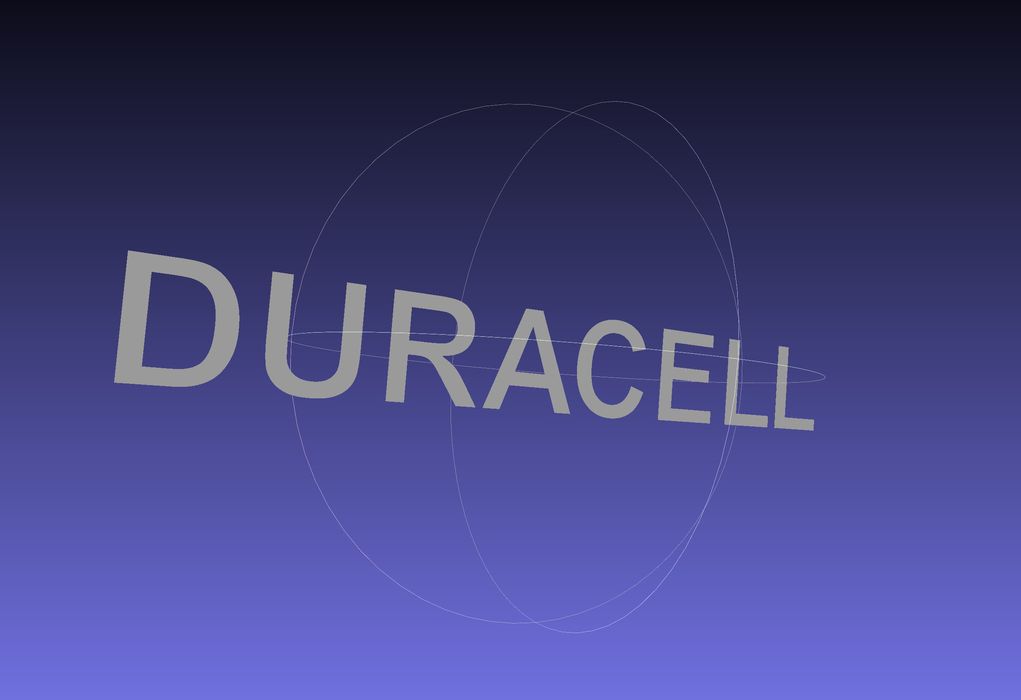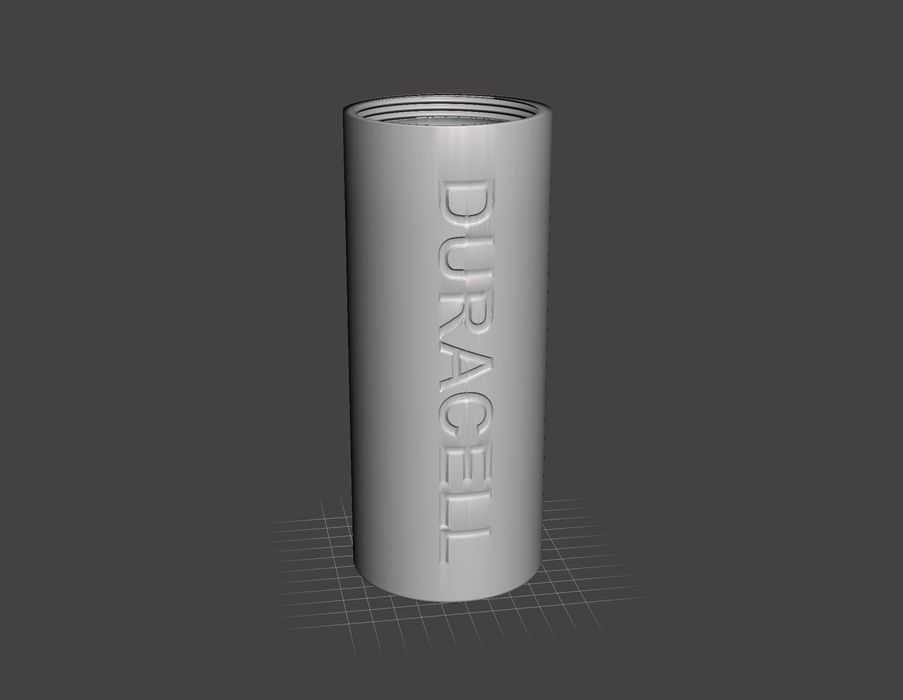
This week’s selection is the Used Battery Container by Thingiverse contributor Elite Worm.
“Worm” produces many hacked designs and publishes them on a YouTube channel, as well as contributing 3D designs to Thingiverse of utility or entertainment value. The Used Battery Container is in my opinion one the most interesting of his several unusual designs.
Non-rechargeable batteries are an item frequently found in the workplace or at home, and when they expire they must be disposed of. While many simply toss them in the trash, some regions offer recycling programs or an ability to dispose of them in a more eco-friendly manner so as to avoid having their chemicals leach into the soil.
However, to do so you must collect them into batches, and what better way to do so than put them in a giant battery?
There’s some interesting aspects to the design of this 3D model, as it would appear to be a multi-material print. In fact, it’s not.
The model is composed of six-ish pieces. I’ll explain “six-ish” in a moment.
The main parts of the Used Battery Container include:
- A large tube section — print in black filament
- A smaller tube section — print in brass or gold filament
- Two screwable ends — print in silver filament
The lettering is not integrated into the tube sections, as you might think. Instead a very innovative and far simpler approach was used.

The lettering, for the “DURACELL” and “+” marks, are 3D printed separately as very thin layers. These are glued onto the tubes in the correct orientations. But wait, how can you 3D print flat letters and apply them to a curved surface?
The answer is explained by Worm:
“The letters must be glued to the main body. I used a small air heater in order to soften and bend them slightly. That makes the job easier.”

The main tube actually has a slight 1mm inset to accept the letters and to ensure they are aligned.
This is a brilliant approach I had not considered, and it would be vastly simpler to execute than applying curved lettering to the tube’s 3D model and 3D printing in multi-material mode. I think I will use this approach for other 3D models.
Printing the parts should be straightforward, as they are all simple tubes or circular structures. Even the lettering is simple to print, as they are 1mm tall letters that should be very quickly printed.
To assembly the Used Battery Container, the tubes must be screwed together and capped with the silver ends. Of course, the lettering must be applied as above. Here is a video from Worm showing how the assembly takes place:
Note that in order to be a perfect large-scale replica of the DURACELL battery, you might want to swap in your own version of the lettering using DURACELL’s official font, which is available here. Note that you’ll have to tweak the main tube model as well, as it needs a replacement inset for the letters in the same font.
Soon you’ll be collecting used batteries in your own giant battery.
Via Thingiverse
